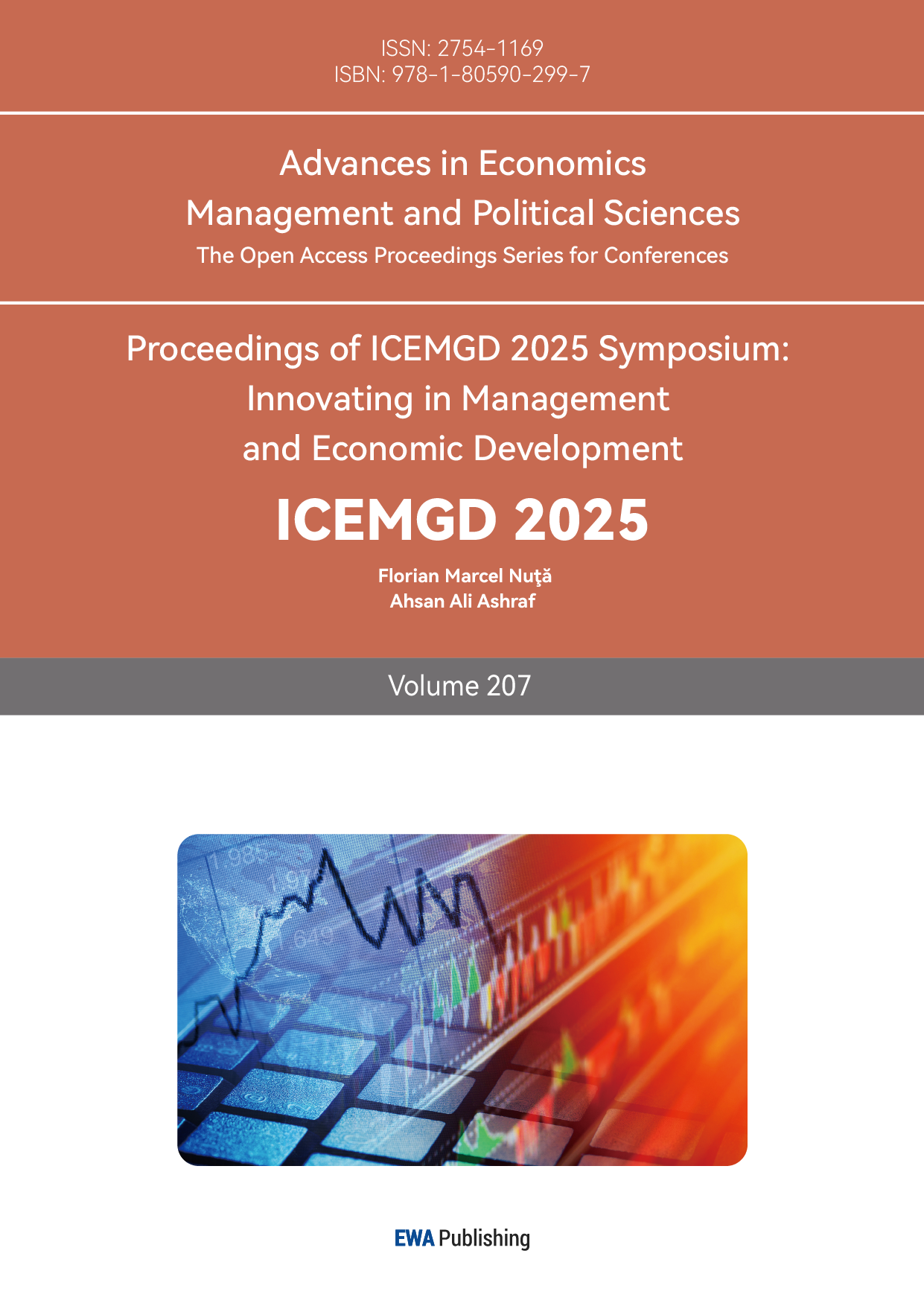References
[1]. Jensen, M.C. and Meckling, W.H. (2019) Theory of the Firm: Managerial Behavior, Agency Costs and Ownership Structure. Corporate Governance, Gower, 77-132.
[2]. Becker, G.S. (1964) Human Capital: A Theoretical and Empirical Analysis, with Special Reference to Education, 3. University of Chicago Press, Chicago.
[3]. Gabaix, X. and Landier, A. (2008) Why Has CEO Pay Increased So Much? The Quarterly Journal of Economics, 123(1), 49-100.
[4]. Bebchuk, L.A. and Fried, J.M. (2004) Pay Without Performance: The Unfulfilled Promise of Executive Compensation. Harvard University Press, Cambridge.
[5]. Chan, R.Y.K. and Ma, K.H.Y. (2017) Impact of Executive Compensation on the Execution of IT-Based Environmental Strategies under Competition. European Journal of Information Systems, 26(5), 489-508.
[6]. U.S. Securities and Exchange Commission (n.d.) DEF 14A, Form 10-K.
[7]. Ferris, S.P., Liao, M.-Y. and Tamm, C. (2018) The Compensation of Busy Directors: An International Analysis. Research in International Business and Finance, 46, 404.
[8]. Gong, J.J., Lee, N.L. and Wang, S.I. (2025) Do Shareholders Vote Against Executive Compensation When Pay Is Misaligned with Performance? Advances in Accounting, In Press.
[9]. Chen, Z., Gao, J., Li, F. and Nguyen, T. (2025) Research on the Impact of Digital Transformation on Executive Compensation. Finance Research Letters, 82, Article in Press.
[10]. Basumatary, D. and Sar, A.K. (2025) Aligning Corporate Governance with Sustainable Development Goals. Indian Journal of Corporate Governance, 18(1), 25-42.



